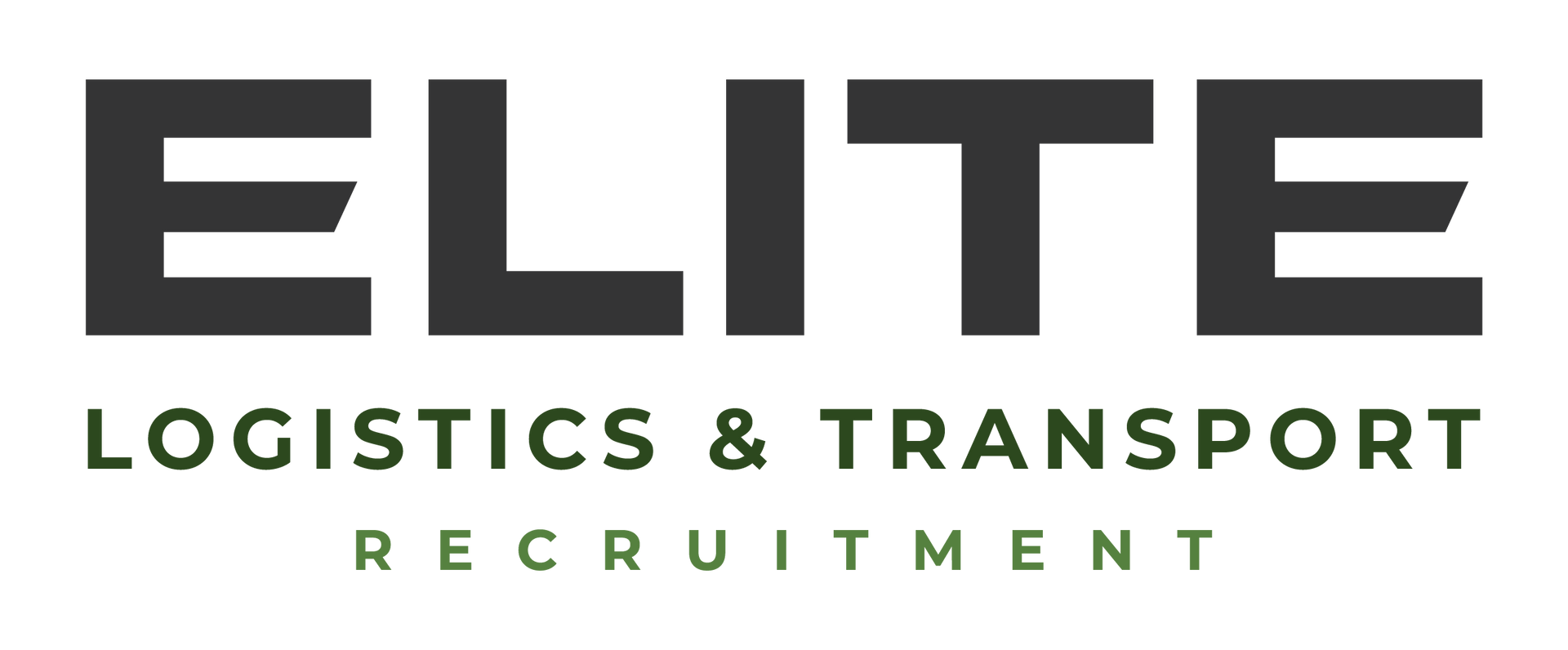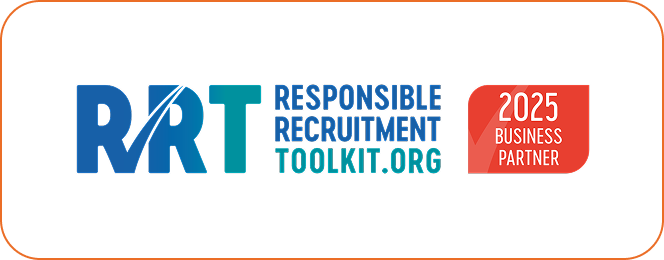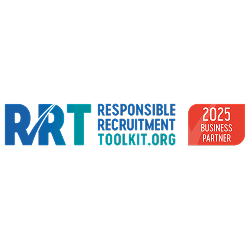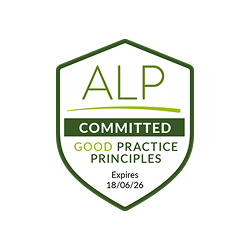Top Tips for a writing a standout CV in Transport and Logistics
Whether you’re a HGV Driver, Transport Planner, or Logistics Manager, your CV is the first impression you make on a potential employer — and in a competitive industry, that first impression matters.
A strong CV can help you stand out, showcase your experience, and land interviews for the roles you really want.
Here are our
top tips to help you write a CV that gets noticed 👇🏼
1) Start with the Basics — and Get Them Right
It might sound simple, but you’d be surprised how many CVs miss key details.
Make sure your CV includes:
- Full name and up-to-date contact details (phone number and email)
- Current location or area you’re willing to work in
- Licences and qualifications (C, CE, CPC, Digi Card, ADR, etc.)
- A short personal summary at the top that highlights your skills and experience
Keep it clean, professional, and easy to read — ideally one or two pages maximum.
2) Tailor It to the Role
Every transport or logistics job is slightly different, so don’t use the same CV for every application.
Read the job advert carefully and highlight the skills and experience that match what the employer is asking for.
For example:
- If it’s a Tramping role, mention your experience with long-distance or nights out.
- If it’s a Transport Planning position, focus on route planning, fleet management, or software systems you’ve used.
3) Showcase Achievements, Not Just Duties
Recruiters and hiring managers want to know what you achieved, not just what you did.
Instead of saying:
“Responsible for daily route planning.”
Try:
“Planned and optimised delivery routes for 40+ vehicles, improving efficiency and reducing costs by 10%.”
Where possible, include numbers or results — it shows impact and professionalism.
4) Highlight Industry Skills and Training
In logistics and transport, compliance and training matter.
Include:
- CPC or ADR certifications
- Health and safety training
- Tachograph and WTD knowledge
- IT systems (like Mandata, Paragon, or Microlise)
- Leadership or people management experience
This helps employers quickly see that you’re compliant, competent, and ready to hit the ground running.
5) Keep It Professional — in Format and Tone
Avoid complicated templates or heavy graphics. A simple, well-structured layout works best:
- Use clear headings (Experience, Education, Licences, Skills)
- Keep fonts clean and easy to read
- Save your CV as a PDF to maintain formatting
And always double-check spelling and grammar — small errors can leave a poor impression.
6) Add a Strong Personal Statement
Your personal statement (or professional summary) should be a few sentences that quickly tell employers who you are and what you bring to the table.
Example:
“Experienced Class 1 HGV Driver with 5+ years’ experience in general haulage and event logistics. Reliable, compliant, and passionate about delivering great service.”
This is your elevator pitch — keep it confident, concise, and relevant.
7) Keep It Current
Make sure your most recent role and achievements are clearly listed. If you’ve had recent training, new qualifications, or experience with new clients or routes — add them.
A CV that looks regularly updated shows that you take your career seriously.
Final Tip: Get a Second Opinion
Before sending your CV, ask someone you trust (or your recruiter!) to review it.
At
Elite, we’re always happy to offer honest feedback and advice to help your application stand out.
A great CV opens doors and we’re here to help you step through them.
📩
Looking for your next role in transport or logistics?
Register with
Elite today and let’s find the right fit for your experience and goals.



